“If you have a garden and a library, you have everything you need.”
–Cicero, the Roman philosopher, statesman, and writer
A recent summer escape from the Texas heat found me in Durango, Colorado. Daily walks with our dog Cacteye along the Animas River introduced me to a new kind of public garden–the Durango Botanic Gardens.
Over the course of our two-and-a-half week stay, I found myself totally smitten with this thoughtful collection of native and well-adapted plants, and especially impressed with its populist approach.
The Durango Botanic Gardens provide a massive educational asset that makes botany and native plants integral to daily life. The small 1.5-acre site, which surrounds Durango’s only public library and borders the Animas River, shepherds visitors from the library parking lot just off the city’s Main St. to the library itself–or a bit further to the inviting Animas River Trail. Its 950+ plant species present a diverse, educational landscape featuring appropriate plants with ample signage, storytelling, engagement opportunities, art and beauty.
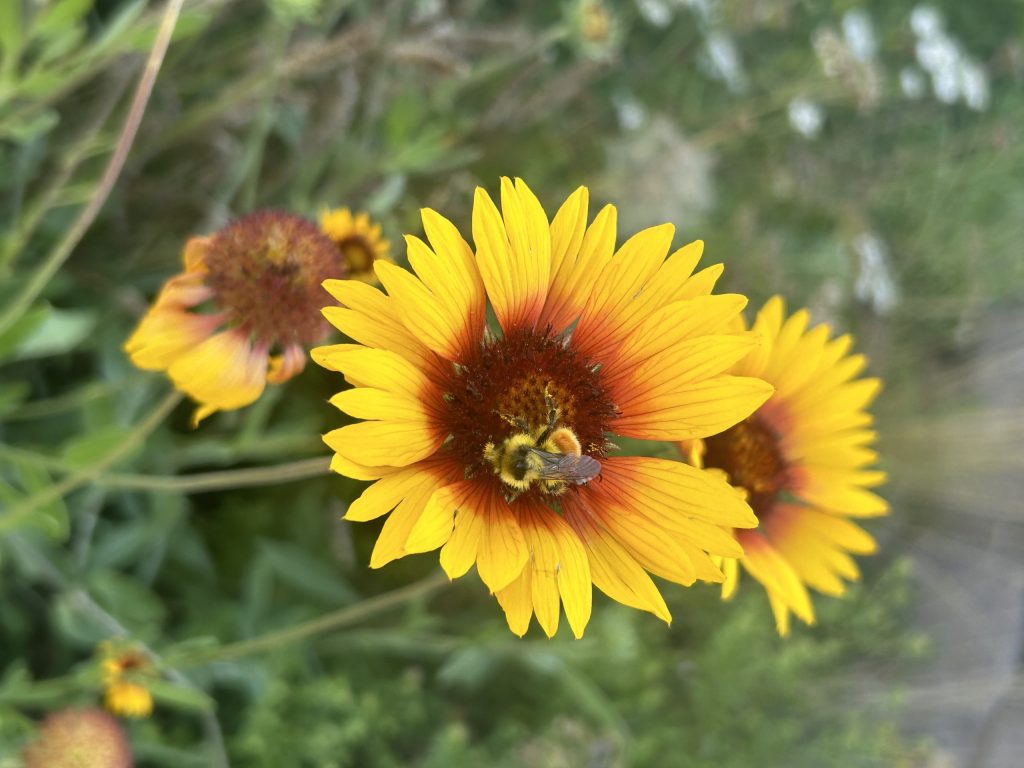
Bumble bee on aster in the Pollinator Garden of the Durango Botanic Gardens. –Photo by Monika Maeckle
Unlike many botanical gardens across the U.S. and elsewhere, the Durango Botanic Gardens requires no entry fee, no ticket, no membership. It serves neither as a destination to be planned for nor a special outing (although it is indeed special!) to be penciled in on the calendar.
On the contrary, the Durango Botanic Garden exists as endemic to its community, a place to be enjoyed on the way to the library, a bike ride, or walk on the Animas River walkway. Its beauty and education are intentionally woven into the fabric of the town to be enjoyed in the course of everyday life. Access to the gardens is totally FREE.
Founded as a 501(c)(3) non-profit in 2010 as the Durango Botanical Society, the organization’s goal is to produce one of the Southwest’s premier public gardens. In a video on the Gardens’ website, it touts itself as “the biggest, most diverse, most visited public gardens in the four corners.”
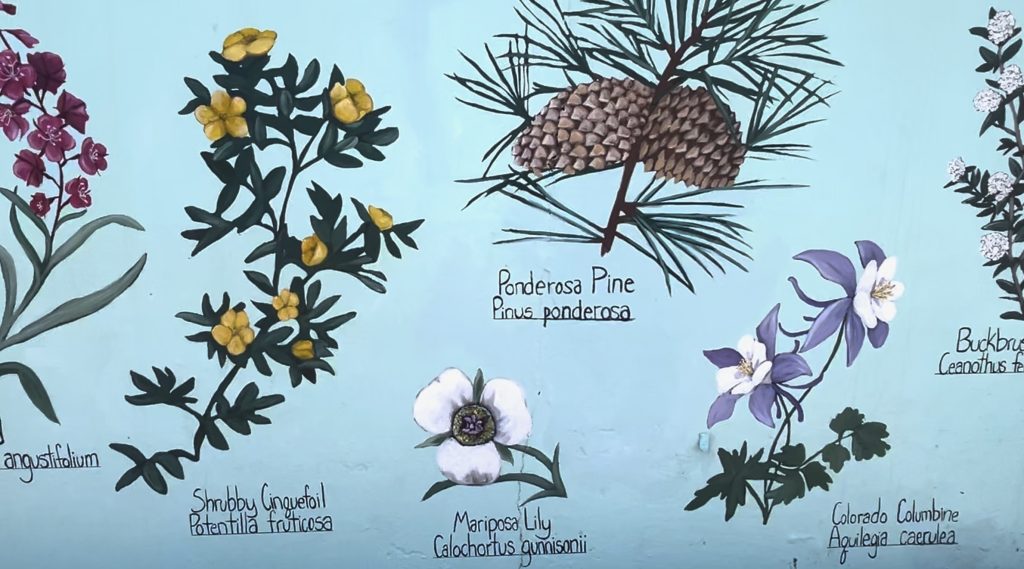
A mural by artist Nia Sturr depicts plants native to the various microclimates of the area. The mural provides their Latin names leads the way to the parking lot. –Photo by Monika Maeckle
Board president William LeMaire said membership now boasts 525 members and added that the gardens are completely run by volunteers–a committed board, a group of a several dozen trained docents, and myriad volunteers and financial supporters.
And why the semantic choice of “botanic” vs. the more common “botanical” gardens?
When asked, one volunteer explained that the organization wanted to get away from the “uppity” connotations often associated with botanical societies, a rationale confirmed by board president LeMaire.
“In 2020, we changed our name from the original Durango Botanical Society to Durango Botanic Gardens. The decision was based on our thinking that, in the long term, the focus should be our product—free and open public gardens. Some indeed thought that ‘society’ suggested a more exclusive and insular group of gardeners,” LeMaire said via email.
The site offers more than a dozen separate pocket gardens, each with their own theme. Grass Garden, Herb Garden, Rose Garden, Pollinator Garden, Arboretum, and a “Crevice Garden,” what many of us would call a rock garden, fashioned with 27 tons of locally harvested stone.
The Literary Garden, an apt addition to a garden surrounding a library, focuses on plants that have appeared or been featured in famous works of literature and highlights famous authors who were also gardeners. Among those featured: Edgar Allen Poe, Edith Wharton, William Shakespeare, and Charles Dickens, who wrote “There is no feeling in the human mind stronger than the love of gardening.”
The signage on the Literary Classics Garden points out that “Gardens and writers go together.” As an author and avid gardener, I couldn’t agree more.
TOP PHOTO: Robert and Cacteye Rivard walk along the Animals River Trail, which borders the Pollinator Garden at the Durango Botanic Gardens. –Photo by Monika Maeckle
Related Articles
- San Antonio architect converts downtown parking lot into a native “prairie cloud”
- Wherehousebarn pollinator garden beckons butterflies and tenants to downtown San Antonio
- In the butterfly garden: use solarization to convert ugly grass into a vibrant butterfly garden
- Adding pollinator habitat to resilience gardens can boost yields and relieve stress
- HOAs resist native plant landscaping despite conservation benefits
- How to plan a successful butterfly garden
- Mostly native butterfly garden outperforms lawn every time
- Downtown River walk plot converts to pollinator garden, creature haven
- A year in the life of an urban butterfly garden
Like what you’re reading? Don’t miss a single article from the Texas Butterfly Ranch. Sign up for email delivery at the bottom of this page, like us on Facebook, follow us on Twitter, @monikam or on Instagram. And check out my book on the monarch butterfly migration!

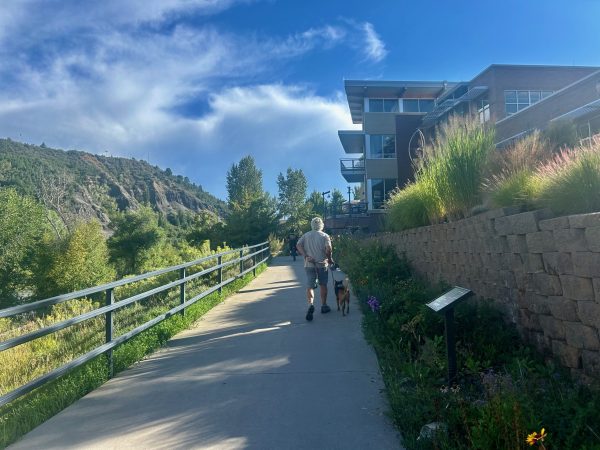
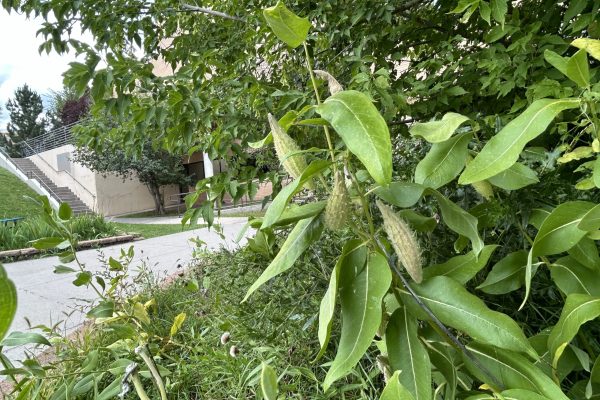
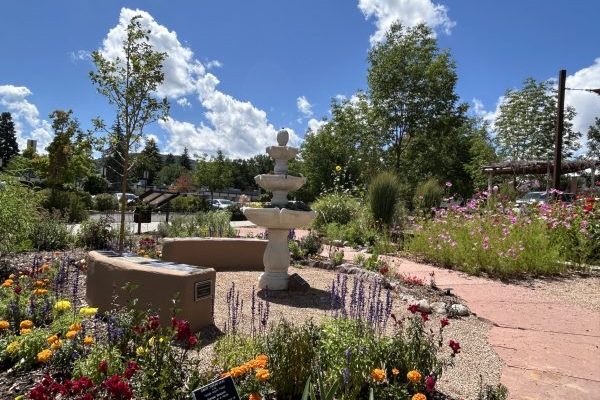
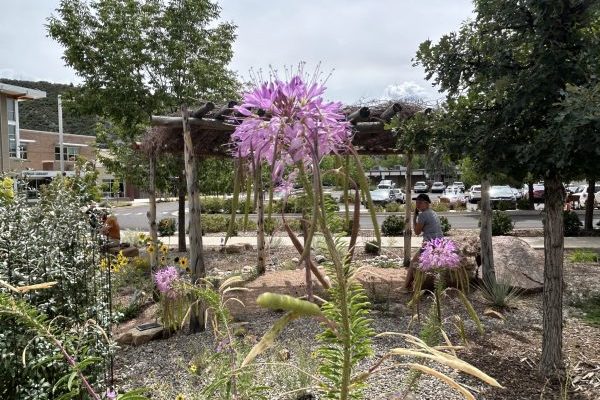
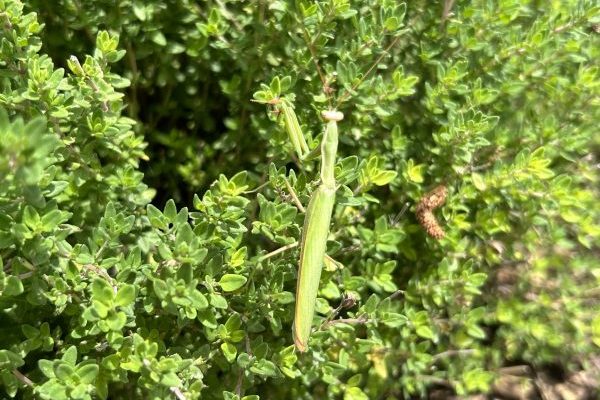
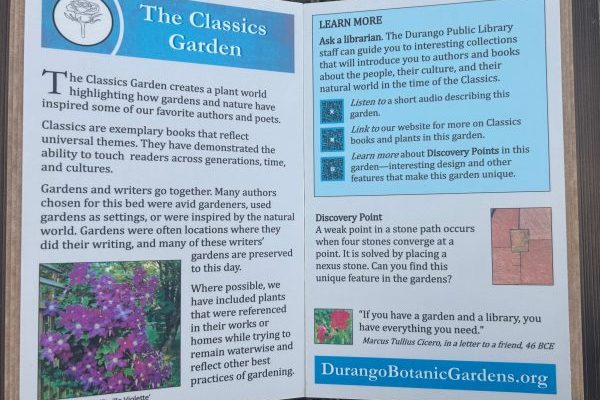

Leave A Comment